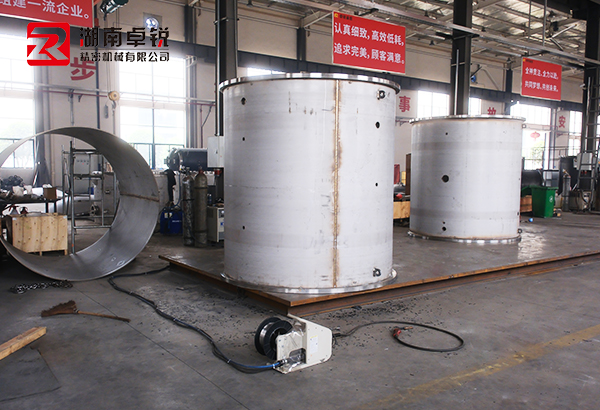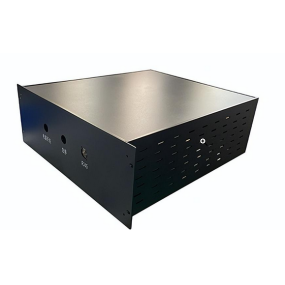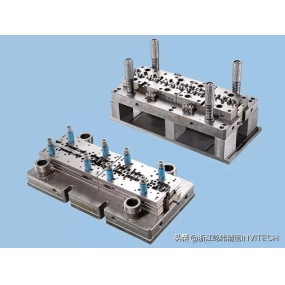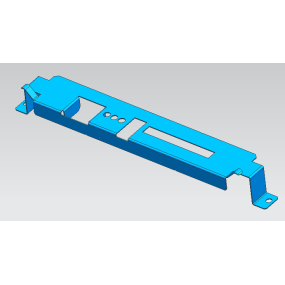The price of sheet metal shell processing is determined by various factors, and the following are some of the main influencing factors:
1. Material selection: The type and thickness of materials used in sheet metal shell processing will directly affect the processing price. The prices of different materials vary greatly, such as ordinary steel, stainless steel, aluminum alloy, etc. Moreover, materials with different thicknesses will also affect the difficulty and cost of processing.
2. Design requirements: The higher the design requirements for shell processing, the greater the processing difficulty, and the corresponding increase in processing time and labor costs. For example, complex shapes, intricate patterns, or shells that require special craftsmanship can all lead to an increase in processing prices.
3. Processing technology: Different processing technologies also have an impact on the price of shell processing, such as common cutting, bending, welding, stamping, etc. Each technology has corresponding equipment and technical requirements, and the processing price will also vary.
4. Processing quantity: Processing quantity is one of the important factors affecting the price of shell processing. Generally speaking, the processing price for mass production is relatively lower because it can improve production efficiency and reduce labor costs. The price for small batch or single piece processing is usually higher.
5. Processing manufacturers: Different processing manufacturers will have different equipment technologies and processing capabilities, which will also have an impact on processing prices. Some large professional processing manufacturers may provide more services and technical support at relatively higher prices; And some small ordinary processing manufacturers may have more affordable prices.

The price of sheet metal shell processing is influenced by various factors, and it is necessary to choose suitable materials, design requirements, processing technology, and manufacturers according to actual needs and situations to ensure that they can meet both demand and budget.


 Spanish
Spanish Arabic
Arabic Portuguese
Portuguese Belarusian
Belarusian Japanese
Japanese Russian
Russian Icelandic
Icelandic Bulgarian
Bulgarian Azerbaijani
Azerbaijani Estonian
Estonian Irish
Irish Polish
Polish Persian
Persian Boolean
Boolean Danish
Danish German
German French
French Filipino
Filipino Finnish
Finnish Korean
Korean Dutch
Dutch Galician
Galician Catalan
Catalan Czech
Czech Croatian
Croatian Latin
Latin Latvian
Latvian Romanian
Romanian Maltese
Maltese Malay
Malay Macedonian
Macedonian Norwegian
Norwegian Swedish
Swedish Serbian
Serbian Slovak
Slovak Slovenian
Slovenian Swahili
Swahili Thai
Thai Turkish
Turkish Welsh
Welsh Urdu
Urdu Ukrainian
Ukrainian Greek
Greek Hungarian
Hungarian Italian
Italian Yiddish
Yiddish Indonesian
Indonesian Vietnamese
Vietnamese Haitian Creole
Haitian Creole Spanish Basque
Spanish Basque











